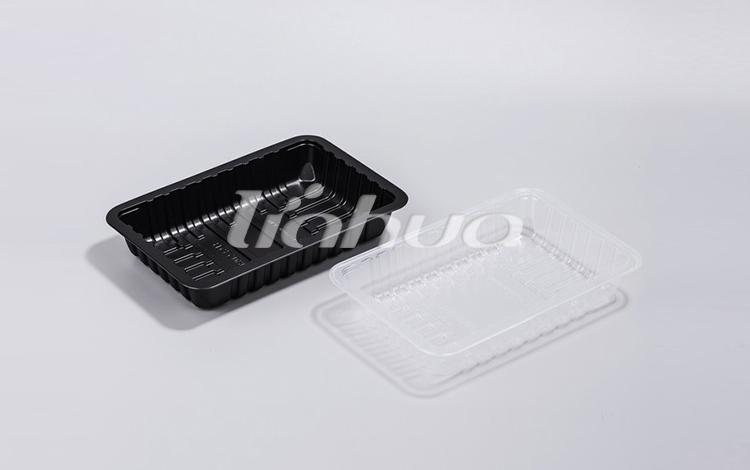0086 574 87739122
The durability of a turned edge tray is significantly influenced by the quality of the materials used in its construction. Trays made from high-grade materials, such as heavy-duty cardboard with a laminated finish or high-density plastics, offer enhanced resistance to wear and damage. For high-wear environments, trays should be made from materials that are not only robust but also resistant to abrasion and impact. Material quality affects the tray's ability to withstand stress over time, maintaining its structural integrity and appearance.
The turned edge construction involves folding and securing the edges of the tray to provide added strength and rigidity. This design can enhance the tray’s durability by preventing fraying or peeling at the edges. However, the effectiveness of this construction method relies on precise manufacturing processes and the use of high-quality bonding materials. Inadequate finishing or inferior adhesives can compromise the durability of the edges, leading to premature wear or damage.
In high-wear environments such as commercial kitchens, manufacturing facilities, or retail settings, trays are subjected to intense stress. Factors such as frequent handling, exposure to high temperatures, and contact with abrasive surfaces can accelerate wear. For these conditions, it is crucial to select trays specifically designed to endure such environments. These trays often feature reinforced edges and are constructed from materials with enhanced resistance to physical stress and environmental factors.
Regular maintenance plays a crucial role in extending the lifespan of a turned edge tray. Proper cleaning procedures, including using non-abrasive cleaners and avoiding excessive moisture, can prevent deterioration. Periodic inspections for signs of wear or damage, such as edge fraying or surface abrasion, allow for timely intervention and maintenance. Implementing these practices helps preserve the tray’s functionality and appearance over time.
Adhering to the tray’s specified weight capacity is essential for maintaining its structural integrity. Overloading a tray can cause it to deform, which may lead to reduced performance and a shorter lifespan. It is important to follow the manufacturer’s guidelines regarding load limits and ensure that the tray is used within its designed capacity to prevent damage and ensure safe operation.

Post Comment